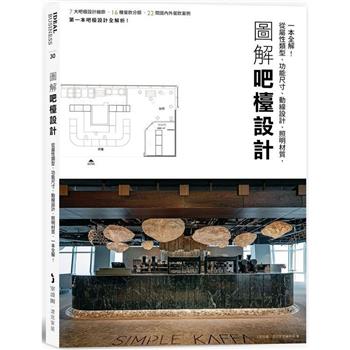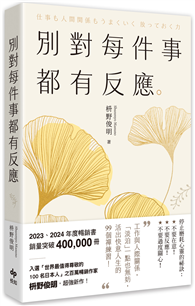More than 41,000 water systems rely on wells, many of them small systems. The fifth edition of M21 is the culmination of nearly five years of effort by members of the Groundwater Resource Committee to focus the manual’s contents on water utility operational applications. AWWA has published other manuals and books that cover topics previously found in M21, such as a mathematical summary of groundwater, a book on well drilling, a summary of wellfield modeling, and a treatise on aquifer storage or other tools. The goal of this revised manual is to provide the reader with a general understanding of the operation of wells; the monitoring of groundwater as a means to identify problems; a summary of the principles involved with groundwater, its movement, and character; and the subsequent effect these characteristics have on the well systems for water utilities. The contents of this edition are substantially different than previous editions, and there are several reasons for the changes.
Groundwater protection, planning, and evaluation efforts have evolved in the past 10 years as has modeling. As a result, much of this discussion of modeling has been shifted to the recently produced M73. Likewise, in 2016, AWWA and the committee produced M63 on aquifer storage and recovery so that material was also removed from M21. Members of the committee developed a book, Water Supply Wells: Siting, Drilling and Construction, which covers various issues with siting and drilling water supply wells; as a result, much of that material was also removed from M21. The ANSI/AWWA A100 standard remains as a companion to this manual and the drilling book for those who need more information on drilling processes. The result is a more operations-focused, shorter guide for M21, retitled Groundwater Operations. This manual is intended to meet the needs of operations staff and engineers for the 41,000 groundwater systems, providing sufficient information on the operations and monitoring of their wells to help them with decision-making.






![塔木德:猶太人的致富聖經[修訂版]:1000多年來帶領猶太人快速累積財富的神祕經典 塔木德:猶太人的致富聖經[修訂版]:1000多年來帶領猶太人快速累積財富的神祕經典](https://media.taaze.tw/showLargeImage.html?sc=11100697818)




